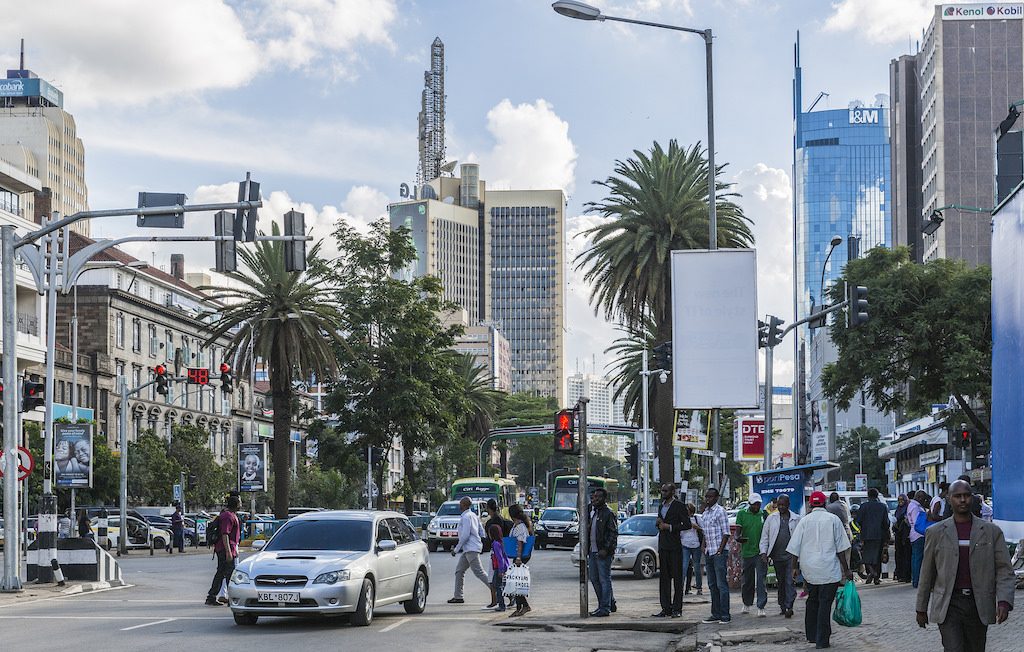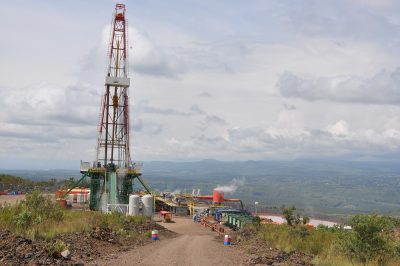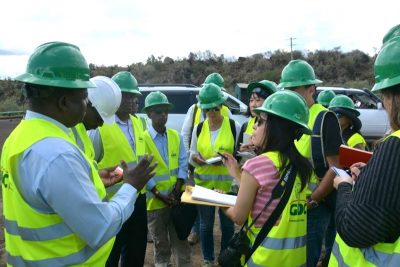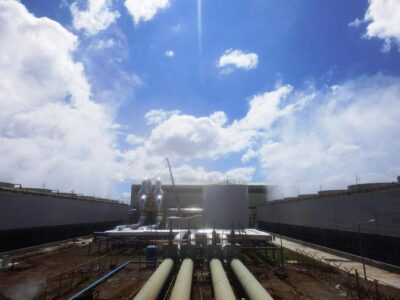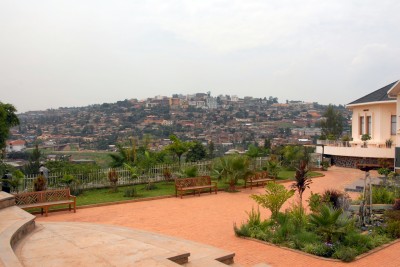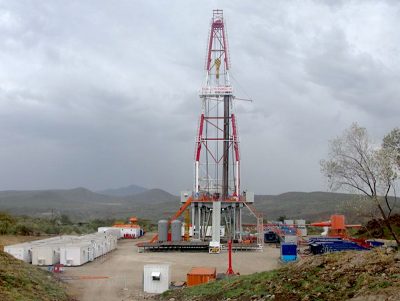To meet increasing demand Africa needs to quadruple energy investments so new IEA report
With an expected large increase in population and economic growth, Africa needs to quadruple energy investments over the next two decades, so a new report by IEA. While solar PV is named as key source, geothermal is particularly mentioned as needed focus for Kenya.
Africa is set to become increasingly influential in shaping global energy trends over the next two decades as it undergoes the largest process of urbanisation the world has ever seen, so a new report from the International Energy Agency (IEA).
Africa Energy Outlook 2019, a special in-depth study published on Friday, finds that current policy and investment plans in African countries are not enough to meet the energy needs of the continent’s young and rapidly growing population. Today, 600 million people in Africa do not have access to electricity and 900 million lack access to clean cooking facilities.
The number of people living in Africa’s cities is expected to expand by 600 million over the next two decades, much higher than the increase experienced by China’s cities during the country’s 20-year economic and energy boom. Africa’s overall population is set to exceed 2 billion before 2040, accounting for half of the global increase over that period. These profound changes will drive the continent’s economic growth, infrastructure development and, in turn, energy demand, which is projected to rise 60% to around 1,320 million tonnes of oil equivalent in 2040, based on current policies and plans.
The new report is the IEA’s most comprehensive and detailed work to date on energy across the African continent, with a particular emphasis on sub-Saharan Africa. It includes detailed energy profiles of 11 countries that represent three-quarters of the region’s gross domestic product and energy demand, including Nigeria, South Africa, Ethiopia, Kenya and Ghana.
The report makes clear that Africa’s energy future is not predetermined. Current plans would leave 530 million people on the continent still without access to electricity in 2030, falling well short of universal access, a major development goal. But with the right policies, it could reach that target while also becoming the first continent to develop its economy mainly through the use of modern energy sources. Drawing on rich natural resources and advances in technology, the continent could by 2040 meet the energy demands of an economy four times larger than today’s with only 50% more energy.
“Africa has a unique opportunity to pursue a much less carbon-intensive development path than many other parts of the world,” said Dr Fatih Birol, the IEA’s Executive Director. “To achieve this, it has to take advantage of the huge potential that solar, wind, hydropower, natural gas and energy efficiency offer. For example, Africa has the richest solar resources on the planet but has so far installed only 5 gigawatts of solar photovoltaics (PV), which is less than 1% of global capacity.”
If policy makers put a strong emphasis on clean energy technologies, solar PV could become the continent’s largest electricity source in terms of installed capacity by 2040. Despite having the world’s greatest potential for utilisation of solar energy, Africa currently represents only 5 GW of solar photovoltaics (PV) capacity, or less than 1% of global installed capacity, so the report.
To meet demand, African nations should add nearly 15 gigawatts of PV each year through 2040. Wind power should also expand rapidly, particularly in Ethiopia, Kenya, Senegal and South Africa. And Kenya should develop its geothermal resources.
Africa’s natural resources aren’t limited to sunshine and other energy sources. It also possesses major reserves of minerals such as cobalt and platinum that are needed in fast-growing clean energy industries.
“Africa holds the key for global energy transitions, as it is the continent with the most important ingredients for producing critical technologies,” Dr Birol said. “For example, the Democratic Republic of the Congo accounts for two-thirds of global production of cobalt, a vital element in batteries, and South Africa produces 70% of the world’s platinum, which is used in hydrogen fuel cells. As energy transitions accelerate, so will demand for those minerals.”
African countries are on the front line when it comes to climate change, meaning the continent’s energy infrastructure planning must be climate resilient.
“Even though Africa has produced only around 2% of the world’s energy-related CO2 emissions to date, its ecosystems already suffer disproportionately from the effects of a changing climate,” Dr Birol said. “They are exposed to increased risks to food, health and economic security.”
Africa Energy Outlook 2019 is an excerpt from the IEA’s flagship report World Energy Outlook 2019, which will be published in full on 13 November.
Source: IEA release,
